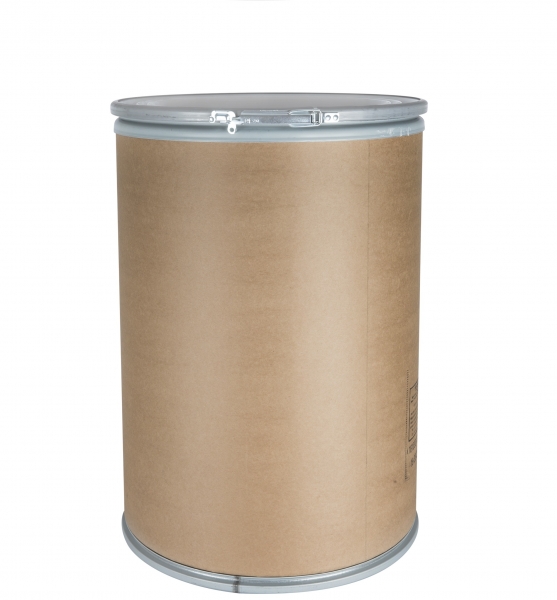


Tannic acid is found in the nutgalls formed by insects on twigs of certain oak trees (Quercus infectoria and other Quercus species). It is removed and used as medicine.
Historically, tannic acid was used along with activated charcoal and magnesium oxide in the “universal antidote,” formerly used for poisoning. These three ingredients in combination were believed to work better at absorbing poisons than any of the ingredients alone. Unfortunately, the activated charcoal soaked up the tannic acid, more or less inactivating it. This made the combination less effective.
These days, people apply tannic acid directly to the affected area to treat cold sores and fever blisters, diaper rash and prickly heat, poison ivy, ingrown toenails, sore throat, sore tonsils, spongy or receding gums, and skinrashes; and to stop bleeding.
Specification:
|
Items |
Specifications |
|
Appearance |
Light yellow powder |
|
Purity |
92% min |
|
Loss on drying |
9.0% max |
|
Residue on ignition |
0.1% max |
|
Heavy metal |
20ppm max |
|
Arsenic |
3ppm max |
|
Total color |
2.0max |
Packaging details:
|
Packaging details: |
25kg/drum with double plastic bags inside; packed in a cardboard drum or fiber HDPE drum. |
|
Storage: |
Stored in a clean, cool, dry area; keep away from moisture and strong, direct light/heat |
|
Shelf Life: |
5 years if sealed and store away from direct sun light. |
